The New Driver’s Guide to Blind Spots
Learning to drive is exciting, but also challenging. After all, you’re moving a piece of machinery that weighs several tons right alongside other pieces of machinery, at times at high speeds. Driving forces you to keep your eyes and ears open to pay attention to so many different things at once.
One of the trickiest things for a new driver to master is the blind spot. Every car has one, and in general, the bigger the vehicle, the bigger the blind spot. But what is it, where is it, and how do you deal with it? Here’s what you need to know.
What Is Your Blind Spot?
When driver’s ed teachers talk about the blind spots, they're talking about the car, not you. The blind spots are two areas alongside your car that, as a driver, you cannot see with your mirrors.
To understand the blind spot and why it exists, it helps to visualize yourself behind the wheel. When you face forward, you can see everything in front of you. You can also easily turn your head right or left to look out your side windows to see cars that are right next to you. Your rearview mirror helps you see directly behind you, and your side view mirrors help you see cars behind you coming up on either side.
But — and this is a big but! — those side mirrors don’t catch everything. There is an area radiating back from the rear quarter panels of both sides of your car that neither your side mirror nor your rearview mirror shows. These are the blind spots.
Why Are Your Blind Spots Important?
In general, you don’t have to worry about your blind spots when you’re motoring around city streets and single-lane roads. But when you’re on a multi-lane highway, it’s crucial to check your blind spots before you change lanes. If another car is driving alongside you in your blind spot, you cannot see them by checking your mirrors alone, and they are close enough to hit if you change lanes without checking. If you’re driving at high speeds, this could lead to a deadly accident.
It’s also important to know when you might be in someone else’s blind spot — you don’t want to linger there for long if you can help it, because they can’t see you. In general, you may be in someone else’s blind spot if you are in the lane next to them and the front of your car is even with their bumper or about to the middle of their car. You should only be in this zone for a few moments as you pass someone or as they pass you to minimize the danger.
Pro Tip: Large trucks have much bigger blind spots. If you can’t see a semi driver's side mirrors, they can’t see you either!
How to Check Your Blind Spot
Before merging or changing lanes on a highway, you should always check your blind spot. To do this, you’ll need to angle your body and turn your head so that you can look over your shoulder. You want to look out the rear passenger window to check the area alongside your bumper for cars riding in your blind spot.
For new drivers, checking the blind spot can feel scary, because you need to briefly take your eyes off the road in front of you to look over your shoulder. It’s a good idea to practice this in a parking lot first. It helps to have a partner stand in your blind spot so you can practice looking while the car is still. As you do this, memorize where exactly you need to look to see them.
Then, try driving forward slowly in a straight line while checking your blind spot in both directions. Once you get comfortable doing this at low speed, you’ll have more confidence to try it out on the highway with your driving instructor.
Need more help behind the wheel? Head to IDriveSafely.com for driver’s education courses and behind-the-wheel training to prepare you to ace your road test.






